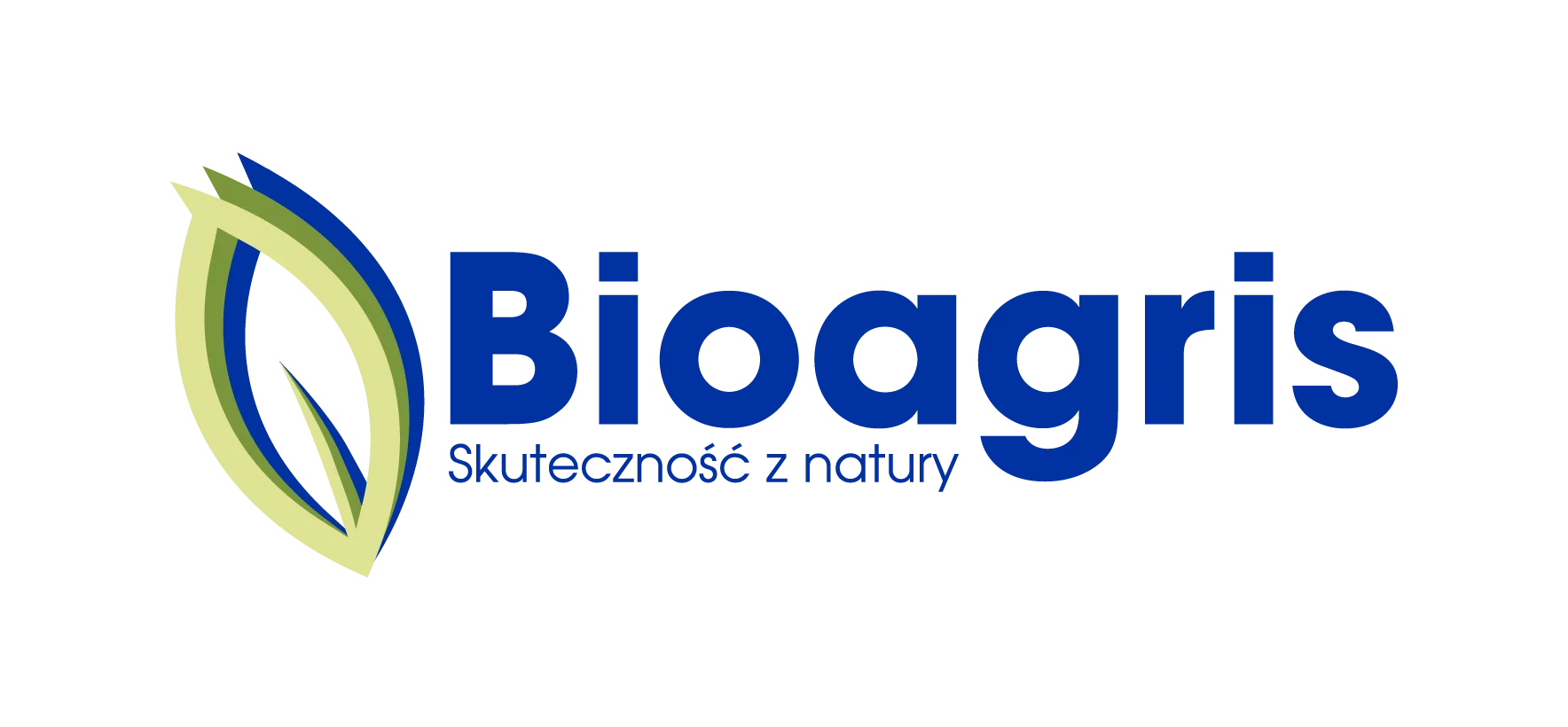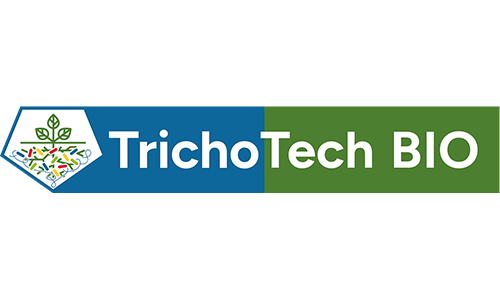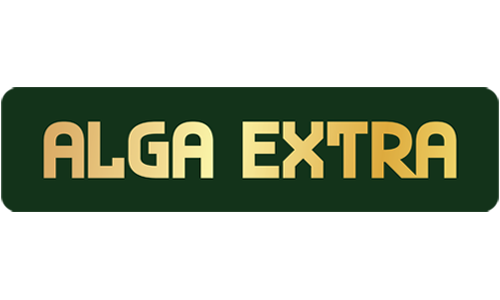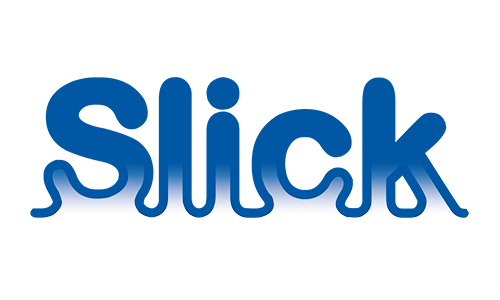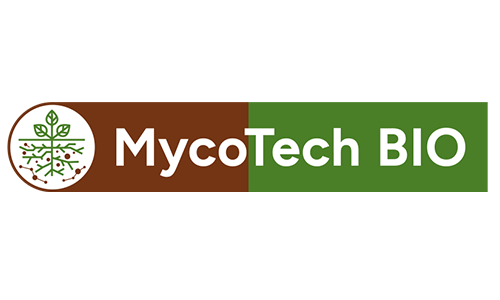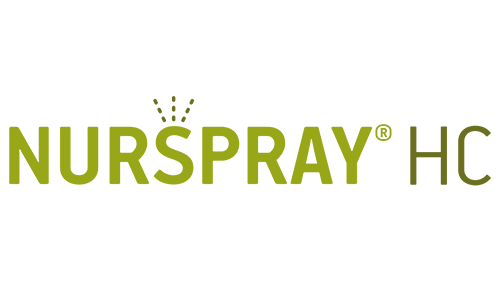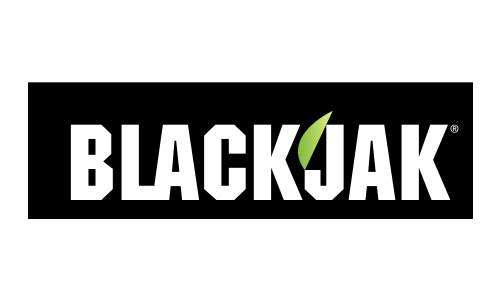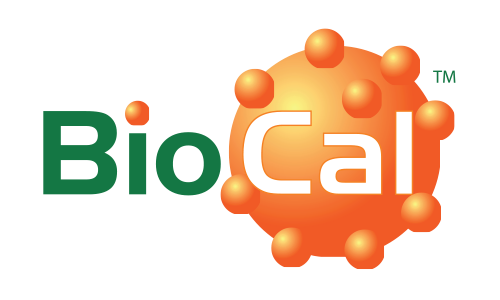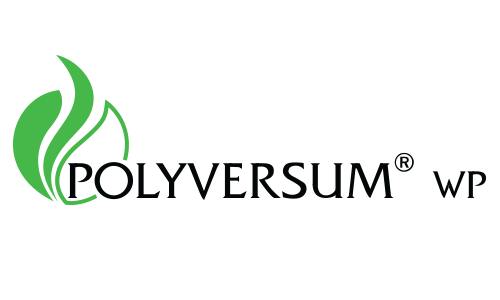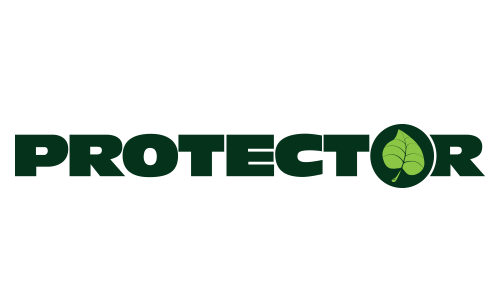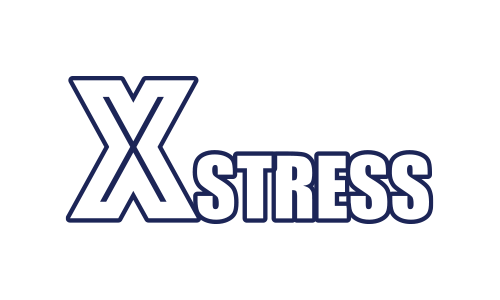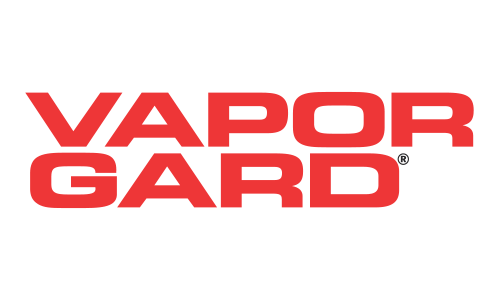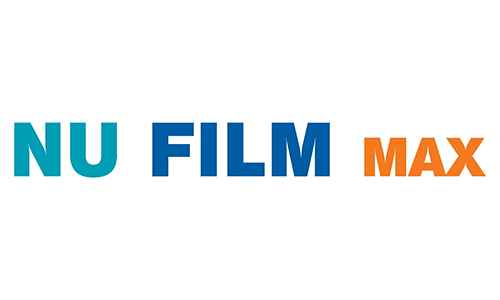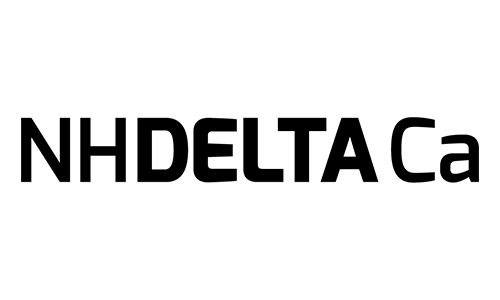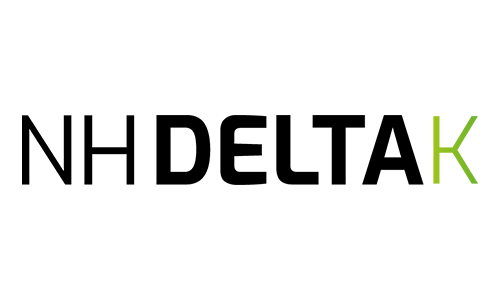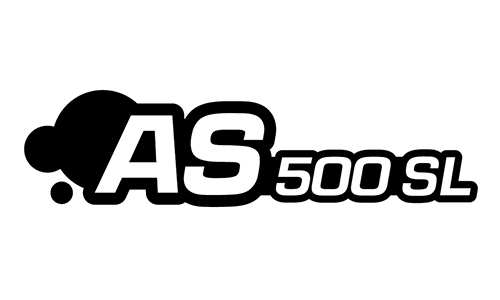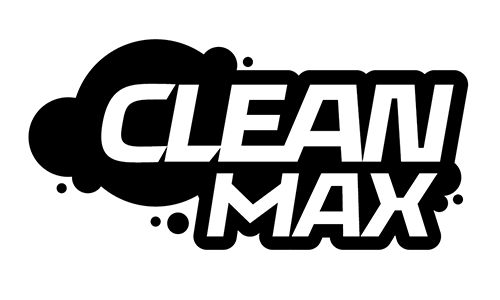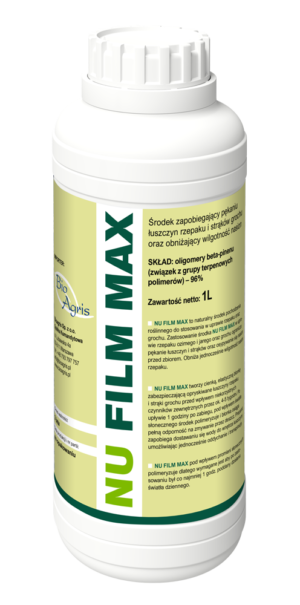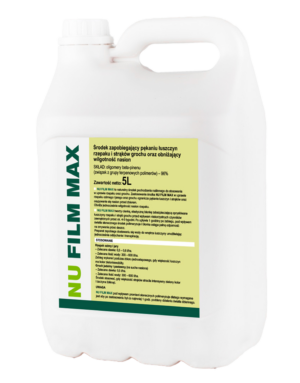STRAWBERRY (Fragaria x ananassa ‘Strawberry Festival’) J. Mertely, L. Cordova, and N.A. Peres
Angular leaf spot; Xanthomonas fragariae University of Florida-GCREC
Wimauma, FL 33598
Evaluation of products for management of angular leaf spot in annual strawberry, 2017-2018.
On 12 Oct 2017, bare-root transplants from Canada were planted in plastic-mulched raised beds fumigated with Telone C-35 (300 lb/A). The plants were irrigated by overhead sprinklers during the day for 10 days to aid establishment, then irrigated and fertilized through a central drip tape. The beds were 28 in. wide on 4-ft centers. In late Oct, selected plants were removed from the beds to form individual plots separated by 2- to 4-ft spaces. The plots were 8 ft long and contained 14 plants in two staggered rows 12 in. apart with 12 in. in-row spacing. Treatments were arranged in a randomized complete block design with four adjacent beds as blocks. On 23 Oct, two center plants in each plot were spray inoculated with a mixture of X. fragariae isolates plus 0.1% Tween 20. Treatments were applied weekly as foliar sprays from 22 Nov to 9 Feb (12 applications). Applications were made with a CO2 backpack sprayer delivering 100 gal/A at 60 psi through two TeeJet disc-core hollow cone nozzles spaced 12 in. apart on the boom. The experimental area received a standard farm spray program, including Captan 80WDG, to fungal diseases, insects, and mites. Farm applications were made weekly with a tractor-mounted hydraulic sprayer in 100 gal/A at 200 psi. Fruit were harvested and graded every 3- to 6 days from 21 Dec 2017 to 12 Feb 2018 (13 harvests). Marketable fruit weighting more than 10 g were counted and weighed to determine yield. Non-marketable fruit, including those with moderate to severe brown cap symptoms, were enumerated. Incidence of brown cap, a symptom of ALS on the fruit calyx, was expressed as a percentage of all fruit harvested. Between 14 and 16 Feb, 10 plants per plot were evaluated for angular leaf spot (ALS) severity using two methods. The number of necrotic leaves with moderate to numerous ALS lesions was recorded for each plant. On surviving leaves, counts were also made of the number of leaflets more than 10 % blighted by ALS. Overall ALS severity was calculated by adding the number of necrotic leaves to the number of blighted leaflets divided by three, since each strawberry leaf has three leaflets. Yield and ALS data were analyzed by two-way ANOVA using the Proc GLM procedure in SAS (α = 0.05).
Because ALS lesions were not observed on the transplants after a 2-wk establishment period, artificial inoculations were carried out. Typical ALS lesions developed within one week of inoculation, but spread slowly due to dry weather. Experimental applications were delayed for one month after inoculation to allow ALS to become established. This occurred slowly at first, but accelerated rapidly in Jan, a month with two rain events and two nights of overhead watering for freeze protection. None of the test products reduced leaf mortality or leaf blight due to ALS. Similarly, overall foliar damage was not significantly reduced by any product though Badge, LifeGard, and AG at 0.1% may have provided some suppression. Conversely, the silicone-based wetting agents Silwet L-77 and Silicone 100 increased the number of necrotic leaves and overall leaf damage. Other spray adjuvants such as Cohere, Kinetic, and Nu Film P did not markedly increase ALS severity. Brown cap damage to fruit calyces occurred in late Jan and early Feb and was often, but not always associated with ALS spotting. Brown cap was very severe in the Silwet L-77 and Silicone 100 treatments, and contributed in large part to their unusually low yields. None of the other products significantly increased or decreased marketable yield. Interestingly, AG and ER show a possible positive dose rate response with respect to yield. Other than a slight reddening of leaves shown by plants treated with the copper product Badge SC, phytotoxicity symptoms were not observed.
| Marketable | Necrotic | Blighted | Total damaged | ||
| Products and rates/A | fruit (lb/A) | % Brown cap | leaves/plant | leaflets/plant | leaves/plantz |
| Badge SC 1 pt | 13340 a | 1.1 a | 1.89 a | 13.28 a | 6.14 ay |
| LifeGard 2 oz | 13160 a | 0.9 a | 1.94 a | 14.11 ab | 6.64 ab |
| AG 0.1% | 11741 a-d | 2.2 ab | 2.56 ab | 14.02 ab | 6.88 abc |
| LifeGard 2 oz alt Cueva 2 qtx | 13060 ab | 1.4 ab | 2.78 ab | 15.93 abc | 7.92 a – d |
| ER 0.2% | 13430 a | 1.4 a | 2.43 ab | 18.47 c | 7.94 a – d |
| Symbiont Crop Enhancer 1.5 pt | 11701 a-d | 3.6 ab | 3.39 abc | 16.40 abc | 8.13 a – d |
| Actigard 0.375 oz | 12881 abc | 1.5 a | 2.82 ab | 16.58 abc | 8.35 a – d |
| AG 0.2% | 13336 a | 1.4 ab | 3.02 ab | 17.62 bc | 8.63 a – d |
| Nu Film P 1 pt | 13012 ab | 1.7 ab | 3.25 abc | 18.10 bc | 8.91 bcd |
| ER 0.1% | 11113 cd | 2.1 ab | 3.58 abc | 17.30 abc | 9.34 b – e |
| Kinetic 0.75 pt | 11255 bcd | 4.0 ab | 4.14 bc | 16.87 abc | 9.58 cde |
| Cohere 1 pt | 10615 d | 3.1 ab | 4.23 bc | 17.74 bc | 9.77 de |
| D. W. Surfactant 2 pt | 12506 abc | 4.6 b | 5.20 c | 19.70 c | 11.77 e |
| Silwet L-77 1 pt | 7295 e | 25.2 c | 9.31 d | 20.16 c | 14.88 f |
| Silicone 100 1 pt | 5560 e | 35.5 d | 10.53 d | 17.90 bc | 16.49 f |
| Control | 12587 abc | 1.6 ab | 3.50 abc | 15.90 abc | 8.80 a – d |
z Total damaged leaves/plant is mathematically derived from the two primary ALS parameters: necrotic leaves/plant and blighted leaflets/plant.
y Means followed by the same letter within a column are not significantly different by Fisher’s protected LSD test (α = 0.05).
x “Alt” indicates an alternation of the two listed products
